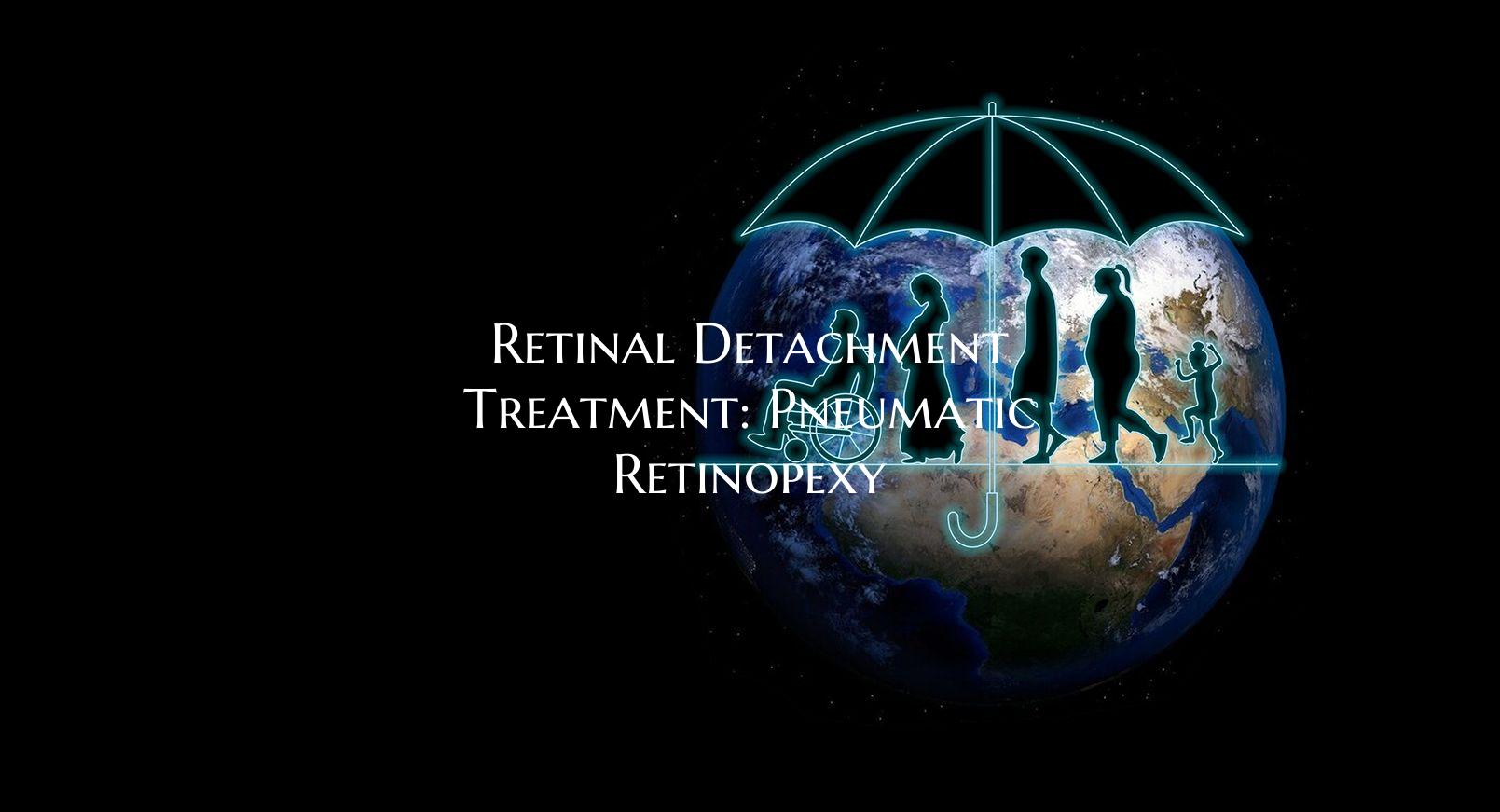
Retinal Detachment Treatment: Pneumatic Retinopexy
Retinal detachment is a serious eye condition that requires prompt treatment to prevent permanent vision loss. Pneumatic retinopexy is a minimally invasive procedure that is commonly used to treat certain types of retinal detachments. This procedure involves injecting a gas bubble into the eye to help reattach the detached retina.
During a pneumatic retinopexy procedure, your eye surgeon will first identify the location of the retinal tear or detachment. Then, a small amount of gas, such as sulfur hexafluoride (SF6) or perfluoropropane (C3F8), is injected into the vitreous cavity of the eye. This gas bubble then pushes against the retina, sealing the tear and allowing the retina to reattach to the back of the eye.
After the gas bubble is injected, you may need to position your head in a specific way to ensure that the bubble is in the correct position to push the retina back into place. Your eye surgeon will provide you with instructions on how to position your head and how long you need to maintain this position.
Over time, the gas bubble will naturally dissipate and be replaced by the eye's own fluids. During this period, it is essential to avoid activities that could increase eye pressure, such as flying in an airplane or scuba diving, as this could affect the gas bubble and the success of the procedure.
While pneumatic retinopexy is a relatively safe and effective treatment for certain types of retinal detachments, it may not be suitable for all patients. Your eye doctor will assess your individual case and determine the most appropriate treatment plan for you.
It is crucial to follow your doctor's post-operative instructions carefully to ensure the best possible outcome. Regular follow-up appointments will be necessary to monitor the status of your retina and ensure that it is properly reattached.
In conclusion, pneumatic retinopexy is a valuable treatment option for select cases of retinal detachment. If you experience symptoms of retinal detachment, such as flashes of light, floaters, or a curtain-like shadow over your vision, seek immediate medical attention to prevent further vision loss and discuss with your eye care professional whether pneumatic retinopexy might be the right treatment option for you.